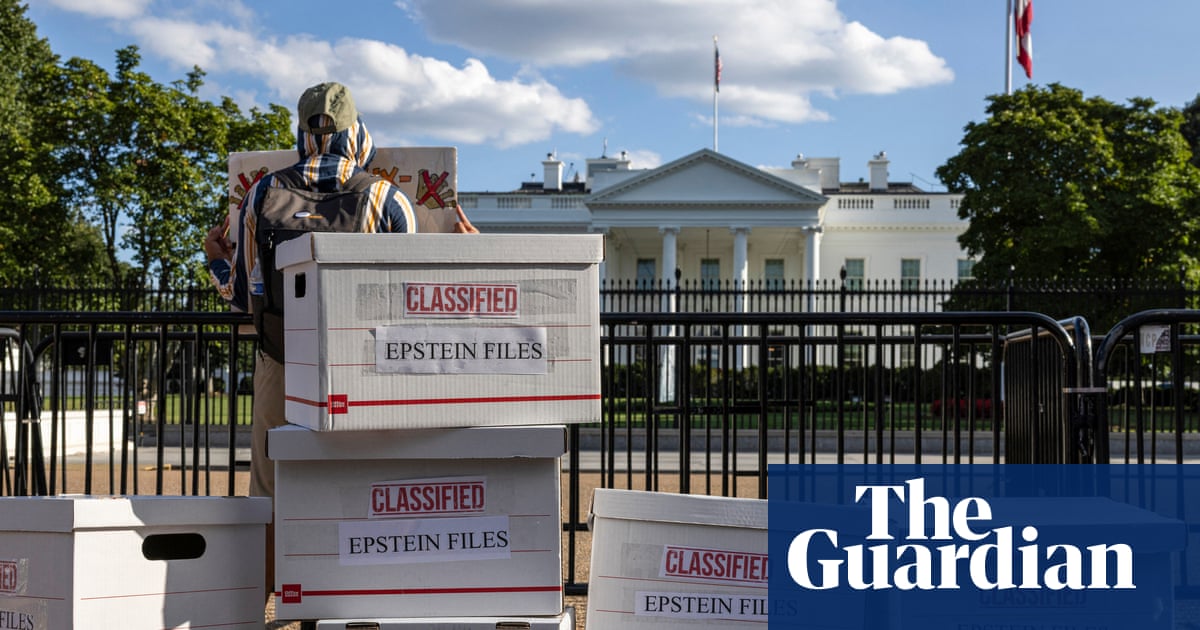By David Lawder
WASHINGTON (Reuters) -U.S. President Donald Trump and Chinese President Xi Jinping on Thursday took steps to de-escalate their trade war, swapping some U.S. tariff reductions and tighter export controls for a pause in Beijing's new restrictions on rare earth minerals and magnets and a resumption of its purchases of American soybeans.
The deal averts Trump's threatened 100% tariff on Chinese goods and extends a delicate trade truce between the world's two largest economies for about a year.
Here are some of the key elements of the Trump-Xi agreement that was reached in Busan, South Korea:
TARIFF REDUCTION ON FENTANYL-RELATED CHINESE GOODS
The U.S. will cut in half Trump's current 20% tariff on Chinese goods related to supplies of fentanyl opioid precursor chemicals coming from China. The reduction to 10% on the duties first imposed in February will bring down the overall U.S. tariff rate on Chinese imports to about 47% from 57%, according to Trump administration officials.
That total includes duties of about 25% imposed on Chinese imports during Trump's first term in the White House and a reduced, 10% "reciprocal" tariff imposed in April and previous "Most Favored Nation" tariff rates.
The 47% tariff rate is lower than the 50% tariffs that Trump is applying to goods from India and Brazil after slapping those countries with extra punitive duties for political reasons. Canada, the largest purchaser of U.S. exports, would face 35% tariffs on goods not compliant with a North American trade deal if Trump follows through with his threat for an extra 10% levy on imports from Canada after an Ontario government advertisement angered him.
PAUSE ON CHINA'S RARE-EARTH EXPORT CONTROLS
China agreed to pause for one year the export controls unveiled this month on rare earth minerals and magnets, which have vital roles in cars, planes and weapons that have become Beijing's most potent source of leverage in its trade war with Washington. The new global controls would have required export licenses for products with even trace amounts of an expanded list of elements and were aimed at preventing their use in military products.
But the Chinese move does not affect controls that were put in place in April in response to Trump's "Liberation Day" tariffs, allowing Beijing to maintain some scrutiny and leverage over the sector. Lengthy U.S.-China negotiations over the summer determined rare-earth vetting and shipment procedures aimed at keeping the Chinese-produced metals flowing, and those procedures have been extended.
TRUMP ADMINISTRATION'S EXPORT CONTROLS PAUSED
The U.S. agreed to pause for one year a vastly expanded Commerce Department blacklist of companies that are prohibited from purchasing U.S. high technology goods, including semiconductor manufacturing equipment exports, a global shift largely aimed at prohibiting the use of subsidiaries and other linked firms to skirt the controls.
The new rules would have automatically included firms more than 50% owned by companies already on the list and would have had the biggest impact on Chinese companies, banning U.S. exports to thousands more Chinese firms.
CHINA COMMITS TO SOYBEAN PURCHASES
U.S. Treasury Secretary Scott Bessent said China agreed to purchase 12 million metric tons of U.S. soybeans in the current marketing year through January, and committed to purchasing 25 million metric tons in each of the following three years.
China had largely stopped buying U.S. soybeans this autumn, purchasing none in September after sourcing all of its beans from Brazil and Argentina. This move created new leverage for Beijing in the negotiations by adding economic pain to U.S. farmers, a key Trump constituency.
But the soybean commitments will only bring China back to its prior levels of U.S. purchases, analysts said. In 2024, the U.S. exported nearly 27 million tons of soybeans to China. China promised to vastly expand soybean purchases in the "Phase One" trade deal with Trump that paused a trade war in 2020, but never met the targets as the COVID-19 pandemic struck.
TRUMP ADMINISTRATION PAUSES NEW PORT FEES
The Trump administration agreed to pause for one year its new port fees for Chinese-built, -owned and -flagged ships, which can add millions of dollars in costs to each voyage to U.S. ports. The fees, aimed at combating China's global dominance in shipbuilding, ocean freight and logistics and reviving U.S. commercial shipbuilding, took effect on October 14, along with 100% tariffs on Chinese-built ship-to-shore cranes.
The port fees have quickly disrupted cargo flows, pushing up container rates as shippers seek to avoid China-linked vessels. China has imposed its own fees on U.S.-linked ships, including those from global shippers with 25% U.S. ownership.
COOPERATION ON FENTANYL TRAFFICKING
China has agreed to give the U.S. "substantial cooperation" in reducing the flow of fentanyl precursor chemicals to the U.S., including through Canada and Mexico, in return for the cut in the fentanyl tariff rate to 10%, Bessent said.
Bessent told Fox Business Network that in the coming weeks, working groups from the two countries will "set very objective measures" on reducing flows to determine the effort's success in curbing the deadly opioid responsible for tens of thousands of U.S. overdose deaths every year.
When Trump first imposed the fentanyl-related tariffs, officials in his administration said they were wary of ongoing promises by China to help, and that the tariffs would remain in place until Beijing had taken concrete measures.
According to a statement from China's Ministry of Commerce, China said only that the two sides "reached consensus" on fentanyl counter-narcotics cooperation.
(Reporting by David Lawder, Andrea Shalal, Doina Chiacu and Michael Martina; Editing by Paul Simao)

 German (DE)
German (DE)  English (US)
English (US)  Spanish (ES)
Spanish (ES)  French (FR)
French (FR)  Hindi (IN)
Hindi (IN)  Italian (IT)
Italian (IT)  Russian (RU)
Russian (RU) 























Comments